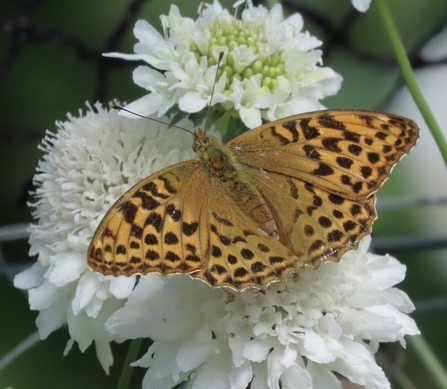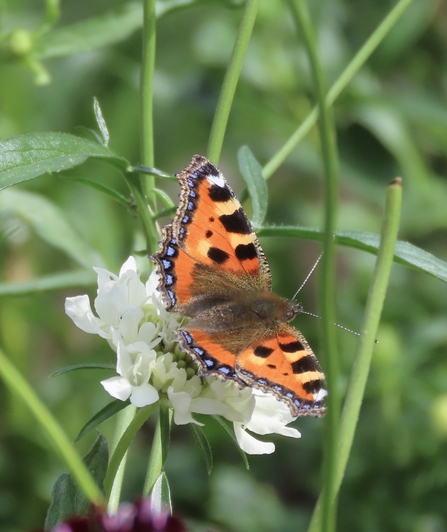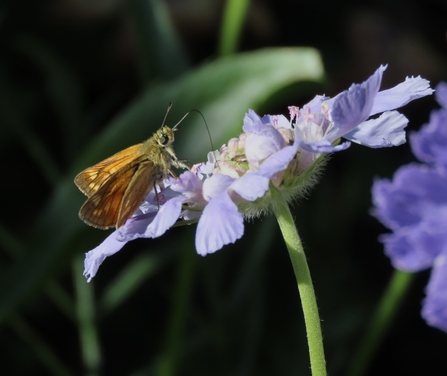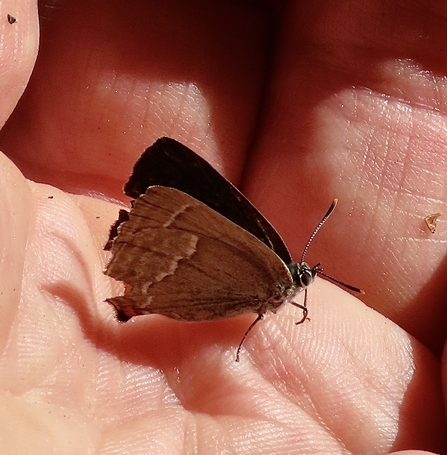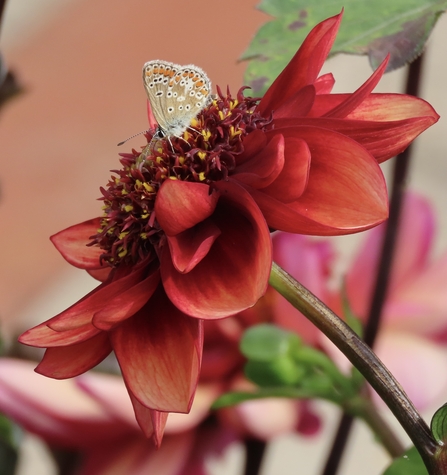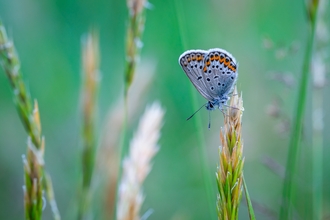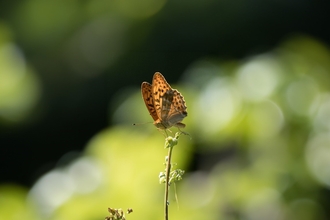I think we can all agree that 2025 has been a better year for butterflies.
In my garden in the north-west corner of Essex, not only have we had more butterflies than I can ever remember seeing, we’ve also been visited by several species that we have seldom or never seen here before:


